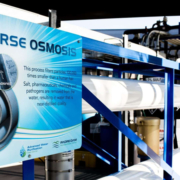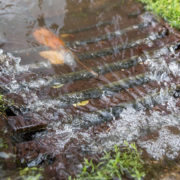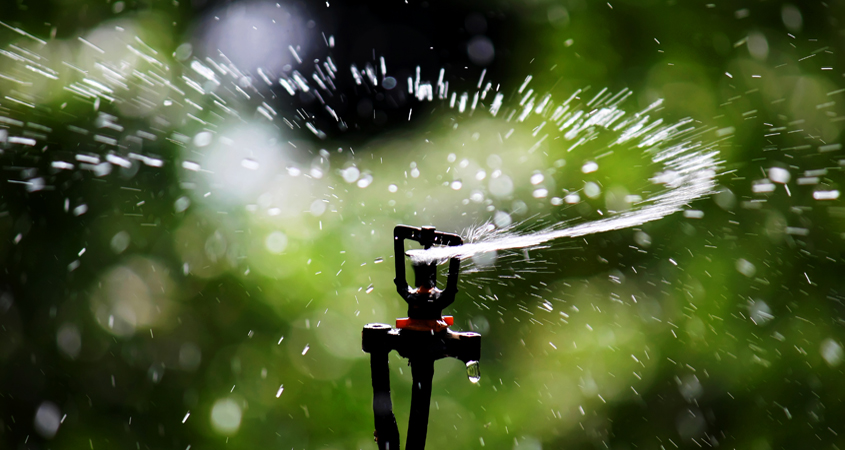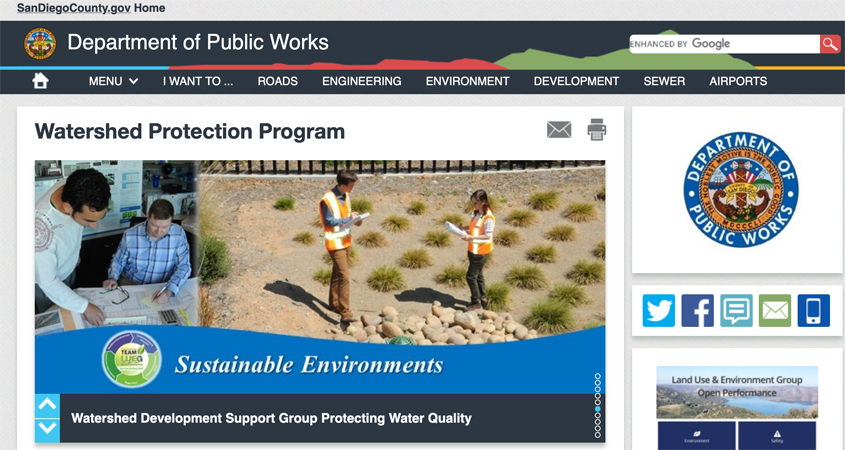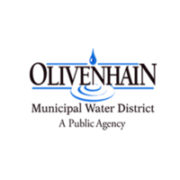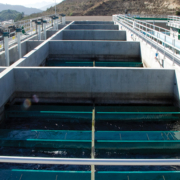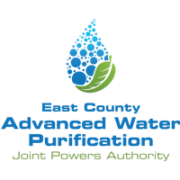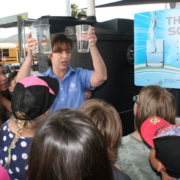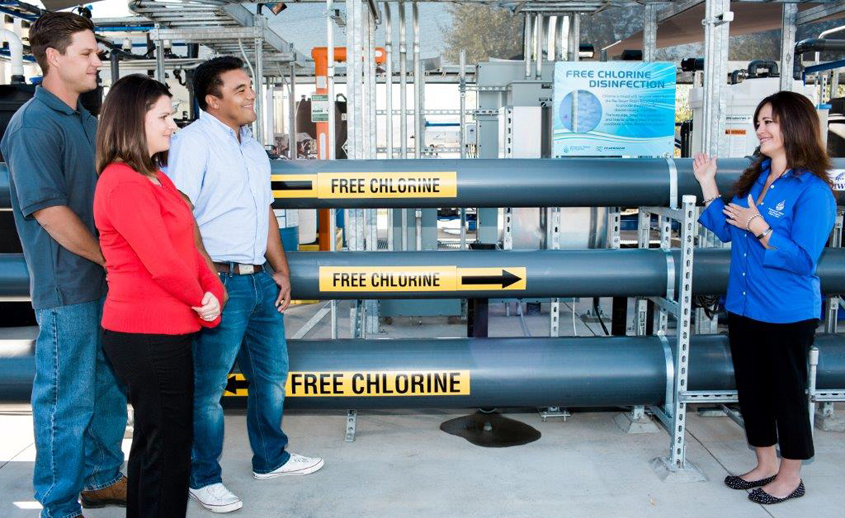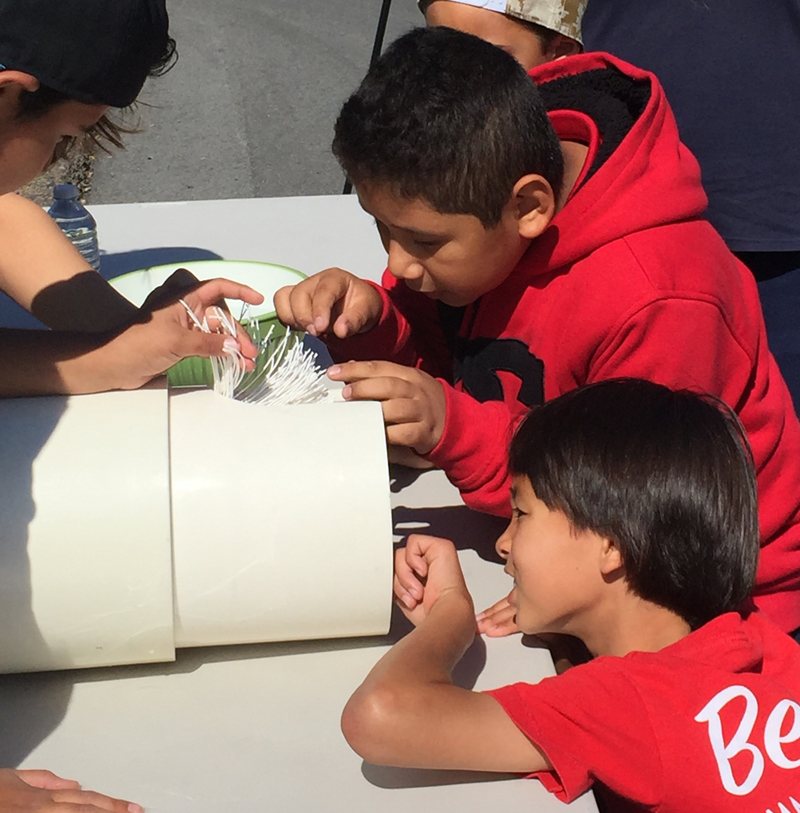Padre Dam Named Utility of the Future Today
Padre Dam Municipal Water District’s leadership in the development of water reuse as well as its strong workplace culture received national recognition with a 2020 Utility of the Future Today award. The award honors substantial excellence in the operation of water sector services.
“We are honored to be recognized as a groundbreaking agency in the area of water reuse,” said Allen Carlisle, Padre Dam general manager and CEO. “This distinction highlights our ongoing commitment to innovative improvements in service of our customers.”
The Utility of the Future Today program celebrates the achievements of water utilities transforming from the traditional wastewater treatment system to a resource recovery center and leader in the overall sustainability and resilience of the communities they serve. It was launched in 2016 by the National Association of Clean Water Agencies, the Water Environment Federation, the Water Research Foundation, and the WateReuse Association, with input from the U.S. Environmental Protection Agency.
Water reuse efforts recognized
Padre Dam Municipal Water District has been recycling water since 1958. The District’s Ray Stoyer Water Recycling Facility produces around two million gallons per day of recycled water.
Padre Dam is now working on a regional water and wastewater solution in a collaborative partnership between Padre Dam and the County of San Diego, City of El Cajon, and Helix Water District to expand on the history of water reuse through the East County Advanced Water Purification Project.
The project will create a new local, sustainable, and drought-proof drinking water supply using state-of-the-art technology to purify recycled water and diversify East San Diego County’s water supply, while reducing the region’s dependence on imported water. This new water supply will provide approximately 30% of East County’s water demand, and nearly eliminates the discharge of East County’s treated wastewater into the Pacific Ocean.
Padre Dam is currently the Program Administrator for the regional East County Advanced Water Purification Program.
Workplace culture fosters collaboration
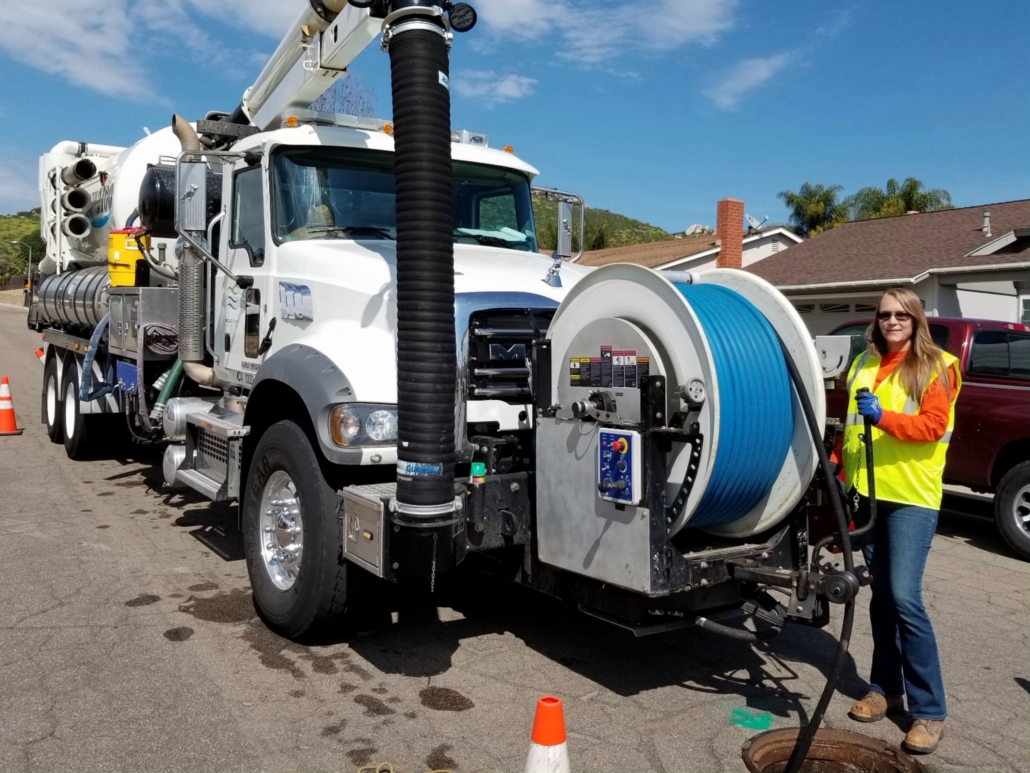
Utility worker Sarah Hargis and her workgroup in the Padre Dam wastewater division are essential workers who ensure the wastewater collection system is functioning correctly. Photo: Padre Dam Municipal Water District
Padre Dam Municipal Water District’s strong organizational culture of collaboration, learning, service, and transparency also received recognition. The award cited Padre Dam as an agency that encourages the ongoing learning process and the improvement of its workforce in the planning and decision process. This culture empowers every employee to think creatively, cultivating an organizational culture of innovation.
Padre Dam has enjoyed a successful and progressive workforce partnership with management, labor, and its Board of Directors for decades. Over the last several years, the District invested in the reinvention of its internal workforce development program to meet the changing needs of its modern workforce.
Now called the “Pipeline,” the program embraces a philosophy enabling broad-based participation in the organization’s decision-making processes.
“The Pipeline relies on the primary principle that we can better serve our customers by conducting activities in a collaborative and transparent manner,” said Carlisle. “Long before our employees became essential workers providing vital services during the pandemic, Padre Dam recognized their tremendous value to our organization. This award is for each and every one of our employees who have performed in an exemplary way when they were needed most.”

